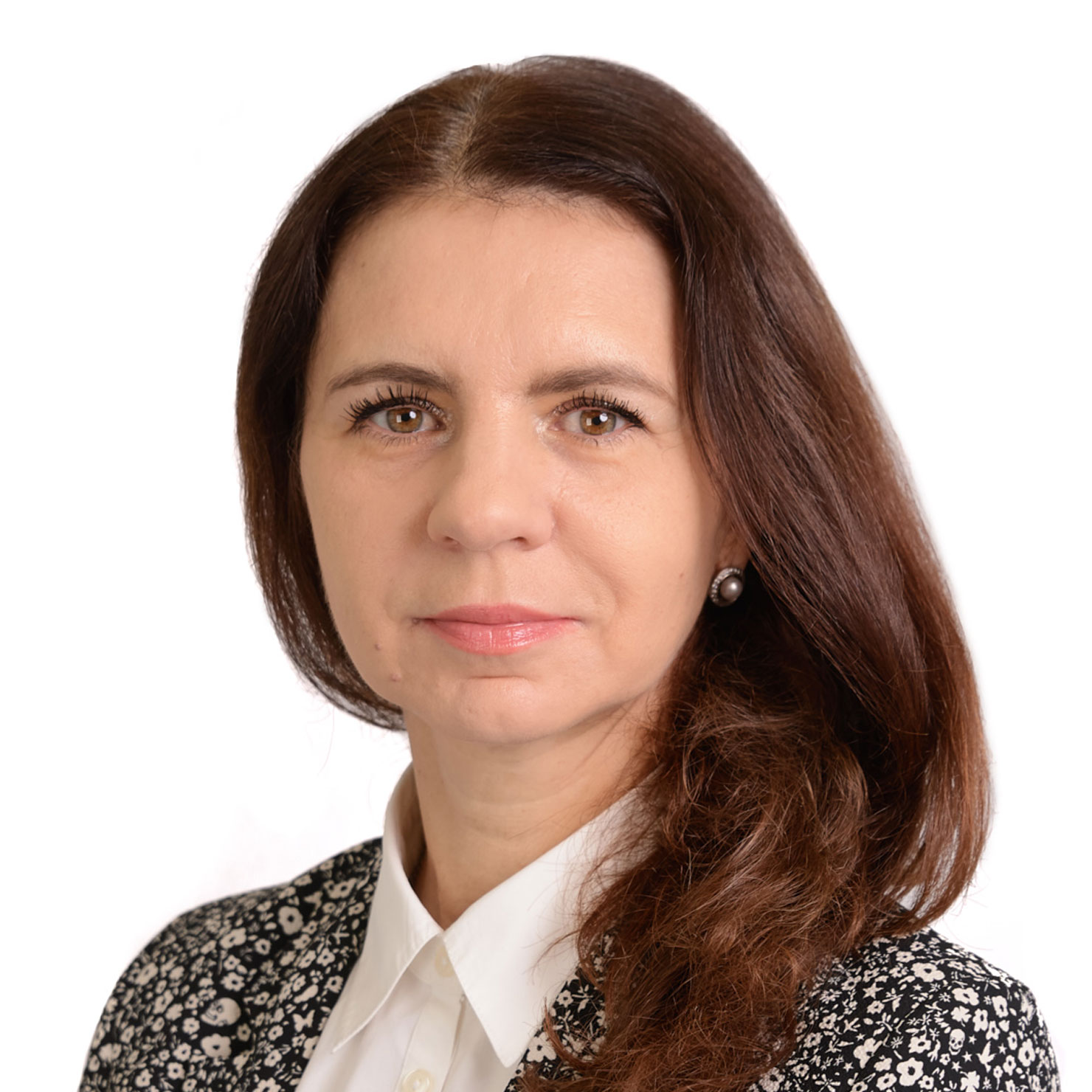What does a pediatric pulmonologist treat
A pediatric pulmonologist is a doctor who specializes in the diagnosis, treatment and prevention of diseases of the respiratory system in children. The most common diseases dealt with by the specialist include: bronchial asthma, lung inflammation, pleurisy, bronchitis, congenital pathology of the respiratory organs. In addition, consultation with a pediatric pulmonologist is recommended for prolonged cough, shortness of breath, chest pain, hoarseness, and suffocation attacks.
Main symptoms of bronchopulmonary diseases
Cough is a typical symptom of diseases of the respiratory system in childhood. It can be dry or wet with sputum discharge. Doctors recommend paying attention to the time of onset (intensification) of cough and the nature of sputum (thick, thin, with impurities).
Dyspnea occurs in diseases characterized by damage to the small bronchi and lung parenchyma, and is manifested by an increase in the number of respiratory movements. Shortness of breath should be suspected if the number of breaths per minute in a child under one year is more than 50. The normal rate for children from one to five is 40 breaths. Deviation from the norm requires specialist consultation. You can make an appointment with a doctor on our website Dobrobut.com.
Signs of general intoxication of the body must also be noted - lack of appetite, refusal to play, fever, nausea, vomiting, frequent vomiting in infants.
What does a pediatric pulmonologist treat
Bronchial asthma is a chronic disease characterized by periods of exacerbation and remission. The main manifestations of the disease are attacks of suffocation and dry cough, which most often occur as a result of an emotional outburst. Spasm of the respiratory tract and insufficient intake of air into the body leads to oxygen deficiency.
Pneumonia. The disease, as a rule, is a complication of ARVI, angina, bronchitis, sinusitis, laryngitis. The main symptoms are a high temperature that does not go away, a strong cough, pale skin, inability to take a deep breath, shortness of breath.
Bronchitis is a disease characterized by cough, wheezing in the chest, shortness of breath and pronounced symptoms of intoxication.
Factors contributing to the development of the disease:
- low immunity;
- short airways;
- frequent colds;
- sudden temperature changes, hypothermia;
- malnutrition.
Congenital pathologies of the respiratory organs in children - aplasia and agenesis of the lungs, Williams-Campbell syndrome, congenital bronchogenic cyst.
An online consultant will tell you more about what a pediatric pulmonologist treats.
How does the reception work
After studying the medical history and the results of the tests, the doctor will examine the baby and ask the parents about the complaints. After that, a specialized study will be prescribed, which will help to make a diagnosis and decide on treatment.
Additional examinations:
- spirography;
- echocardiography;
- X-ray of the lungs;
- skin samples;
- bronchoscopy;
- computed tomography;
- allergic diagnostic tests.
Spirography is the main method of research that allows you to detect VLDL (vital lung capacity) and exhalation rate.
X-rays help to determine the internal structure of the lungs.
Computer tomography is considered the most informative method, which allows making the correct diagnosis in difficult cases.
Allergic diagnostic tests will help identify the allergen and determine its connection with the underlying pathology.
Methods of treatment of respiratory diseases
After receiving the results of the tests, the doctor will prescribe a course of therapy and monitor its implementation. During the treatment, taking into account the condition of the small patient and the reaction of the body, corrections can be made by the specialist. In addition to medicines, which include antibiotics, bronchodilators and expectorants, a pulmonologist can prescribe physiotherapeutic methods of treatment (electrophoresis, inhalation, reflexology) and prescriptions of folk medicine. The latter are recommended only as adjunctive therapy.
We will remind you once again what to take your child to a pulmonologist with:
- continuous cough, wheezing;
- elevated temperature that does not pass within 7 days;
- chest pain;
- impossibility of full inhalation;
- shortness of breath;
- pallor of the skin.
In the presence of the above symptoms, an urgent consultation of a pediatric pulmonologist is necessary.










